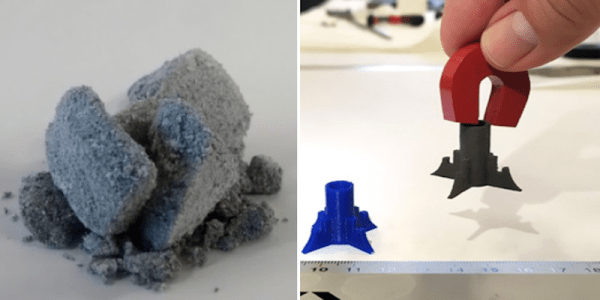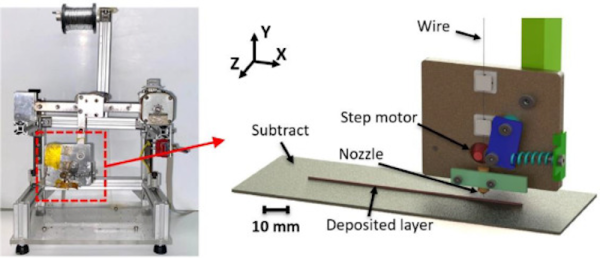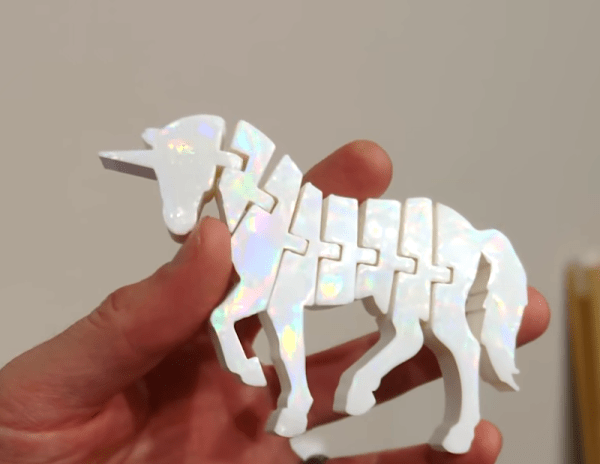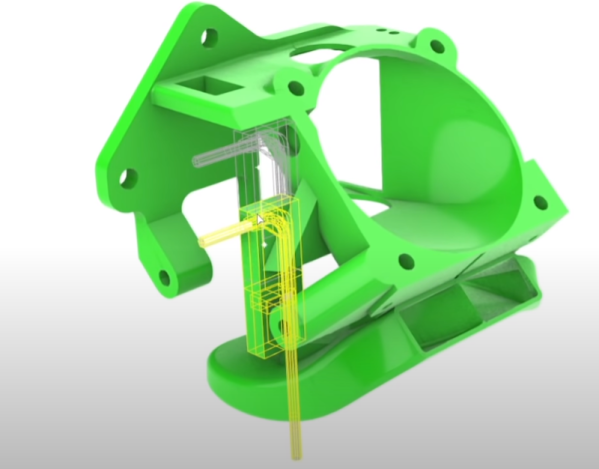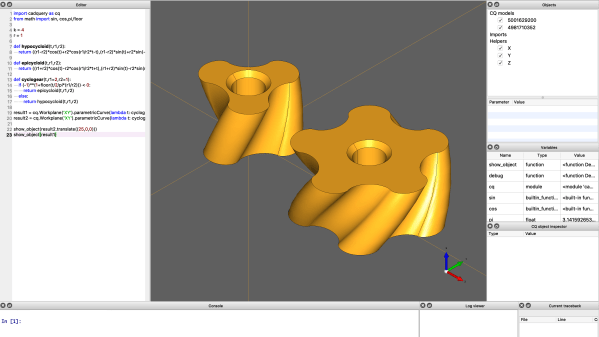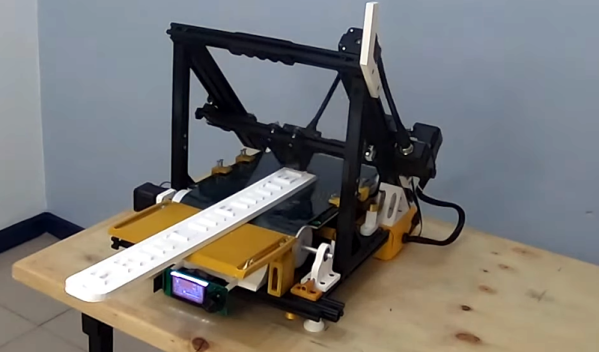Strength. Rigidity. Dependability. The ability to bear weight without buckling. These are all things that we look for when we build a mechanical structure. And in today’s Retrotechtacular we take a closer look at the answer to a question: “What’s in A Shape?”
As it turns out, quite a lot. In a wonderful film by the prolific Jam Handy Organization in the 1940’s, we take a scientific look at how shape affects the load bearing capacity of a beam. A single sided piece of metal, angle iron, C-channel, and boxed tubing all made of the same thickness metal are compared to see not just just how much load they can take, but also how they fail.
The concepts are then given practical application in things that we still deal with on a daily basis: Bridges, cars, aircraft, and buildings. Aircraft spars, bridge beams, car frames, and building girders all benefit from the engineering discussed in this time capsule of film.
None of the concepts in this video are suddenly out of date, because while our understanding of engineering has certainly progressed since this film was made, these basic concepts remain the same. As such, they will apply to any structural or mechanical devices that we make, be it 3d printed, CNC routed, welded, glued, vacuum formed, zip tied, duct taped, bailing wired, or hot glued.
Keep your eyes open for a wonderful sights and sounds of a rare Boeing 314 Clipper landing on water and a 1920’s Buffalo Springfield Steam Roller demonstrating how wonderful the film’s sponsor, Chevrolet, makes their automobile frames.
Continue reading “Retrotechtacular: Understanding The Strength Of Structural Shapes” →

